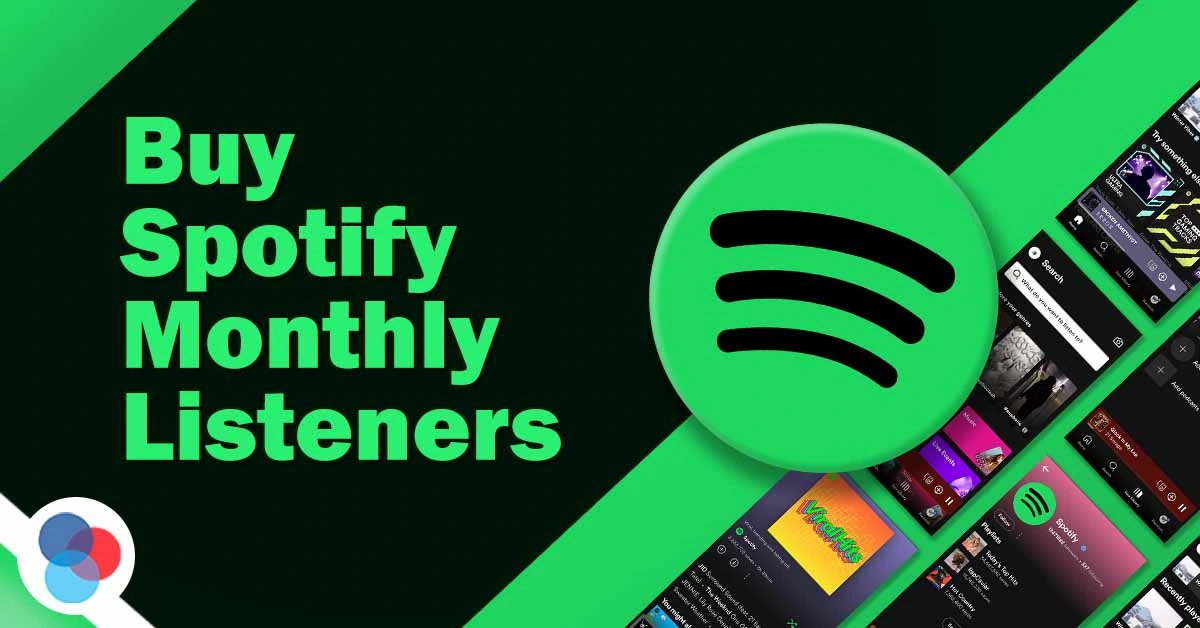Since its inception in 2006, Spotify has become one of the most influential and widely-used music streaming platforms in the world. Born out of the need to combat the growing piracy of digital music, buy spotify listeners emerged as a legal solution, offering users access to millions of songs with a subscription-based service. Today, it’s not only a tool for music lovers but also an ecosystem that has reshaped how artists, listeners, and the music industry interact. Let’s explore Spotify’s evolution and the innovations that have made it a household name.
The Birth of Spotify
Spotify was founded by Daniel Ek and Martin Lorentzon in Stockholm, Sweden, with the aim of providing a solution to music piracy, which was rampant in the early 2000s due to the illegal downloading of songs. While platforms like Napster and Kazaa made it easy for people to access music for free, they did so at the expense of artists and record labels. Ek and Lorentzon envisioned a legal, user-friendly platform that would allow consumers to stream music while compensating artists.
Initially, Spotify’s model was based on offering a free ad-supported tier and a premium subscription with additional features, such as offline listening and higher-quality audio. This freemium model provided a gateway for users to access music without breaking the law, while the premium model offered a sustainable revenue stream.
The Streaming Revolution
When Spotify launched in 2008, it wasn’t the first music streaming service, but it quickly became one of the most successful. The music streaming landscape before Spotify was dominated by platforms like Pandora and Last.fm, which had limitations in terms of available content and flexibility. Spotify’s all-you-can-eat streaming library, which included millions of tracks across genres, made it a compelling choice for music lovers.
Moreover, Spotify’s playlist-based interface was a game-changer. It encouraged users to create and share custom playlists, and the platform’s algorithm-driven recommendations helped listeners discover new artists and tracks tailored to their tastes. The social aspect of Spotify also allowed users to follow friends, see what they were listening to, and share playlists, turning the act of listening to music into a communal experience.
Expansion and Innovation
Spotify’s growth trajectory has been impressive. Initially available only in select European countries, it expanded to the United States in 2011, which proved to be a significant milestone. The company continued to grow its user base, eventually launching in over 180 countries by 2024. Spotify has built its success on its ability to adapt to different markets, with localized features, curated playlists, and collaborations with regional artists.
Innovation has always been at the core of Spotify’s strategy. The company continuously introduced new features, such as:
- Personalized Playlists: Discover Weekly and Release Radar are two examples of Spotify’s personalized playlists that use data-driven algorithms to recommend music based on individual listening habits.
- Podcasts and Non-Music Content: Recognizing the growing popularity of podcasts, Spotify acquired podcasting giants like Anchor, Gimlet Media, and Parcast. The integration of podcasts alongside music content helped position Spotify as a one-stop shop for audio entertainment.
- Spotify Wrapped: At the end of each year, Spotify gives its users a personalized summary of their listening habits, called “Spotify Wrapped.” This feature has become a cultural phenomenon, with users eagerly awaiting the chance to reflect on their music choices over the year.
- HiFi Audio: In response to the increasing demand for higher-quality sound, Spotify announced plans for a HiFi tier, offering lossless audio streaming for audiophiles.
Challenges and Criticism
Despite its success, Spotify has faced significant challenges. One of the most significant criticisms is its payment model, which has been a point of contention for many artists. Spotify pays royalties based on a percentage of its total revenue, but many musicians have argued that the per-stream payouts are too low, especially for smaller or emerging artists. While Spotify has made efforts to address these concerns, such as increasing its transparency and providing tools for artists to connect with fans, the debate around fair compensation continues.
Additionally, Spotify has faced stiff competition from other music streaming services like Apple Music, Amazon Music, and YouTube Music, all of which have their own exclusive content, user interfaces, and pricing models. As a result, Spotify must constantly innovate to retain its position as a market leader.
The Future of Spotify
Spotify’s future is increasingly focused on diversifying its content and reaching new audiences. The integration of podcasts and audiobooks, as well as ventures into live audio formats, signals a broader strategy that goes beyond just music. The company’s partnerships with artists, record labels, and even live events could help redefine the music industry in the coming years.
Furthermore, with advancements in artificial intelligence, Spotify’s music recommendation engine will continue to evolve, offering even more personalized experiences for users. It’s possible that Spotify’s future could include immersive experiences, such as virtual reality concerts or collaborations with other industries to enhance how music is consumed.
Conclusion
Spotify’s journey from a small Swedish startup to a global streaming giant is a testament to the transformative power of technology in the entertainment industry. By democratizing access to music and creating a platform where listeners can engage with their favorite artists, discover new music, and connect with others, Spotify has forever changed the way we listen to music. Though challenges remain, Spotify’s relentless innovation and expansion suggest it will continue to be at the forefront of the music industry for years to come.

